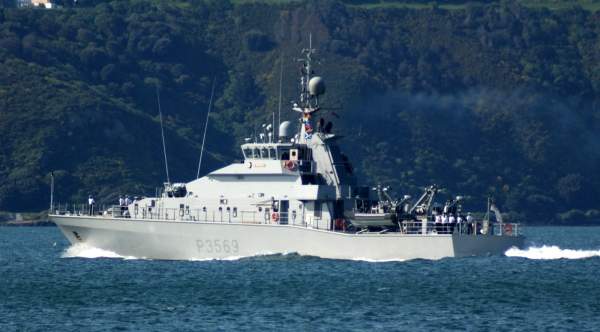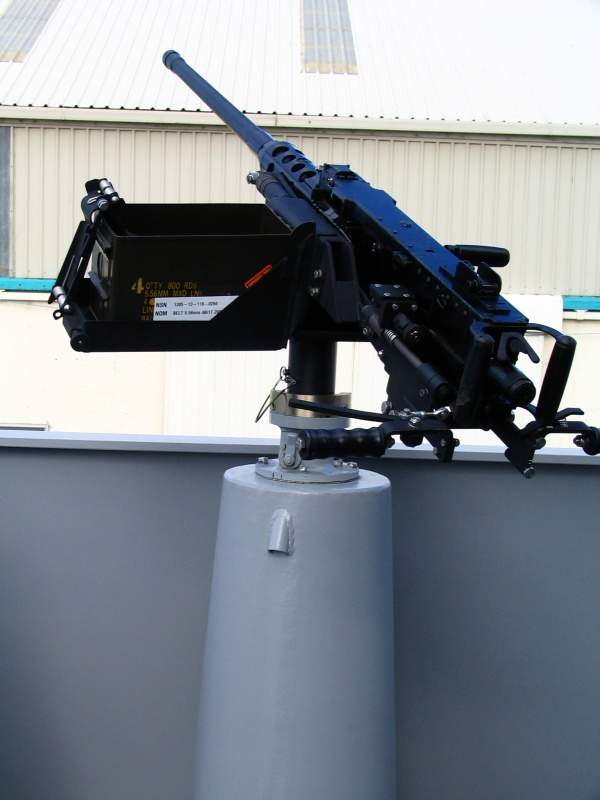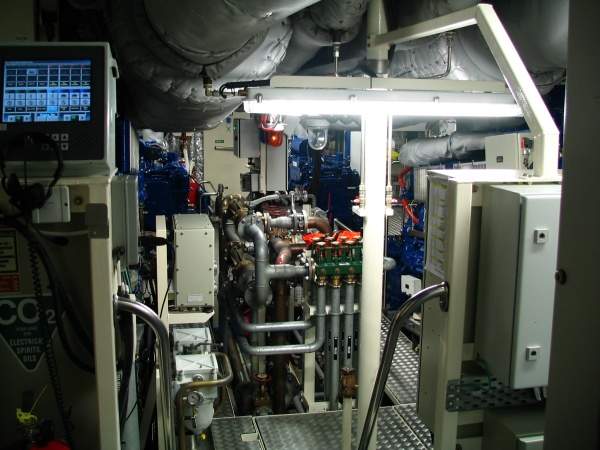The Protector Class Inshore Patrol Vessels (IPVs) are in service with the Royal New Zealand Navy (RNZN). Four boats were built as part of Project Protector, an acquisition project of the Ministry of Defence. The IPVs are preceded by the Moa Class patrol boats.
In April 2004, Tenix Defence (now BAE Systems Australia) was selected as the prime contractor to build one Multi Role Vessel (MRV), two Offshore Patrol Vessels (OPV) and four IPVs for the RNZN. The Ministry of Defence placed the contract for the vessels with Tenix in July 2004.
The keel for the first vessel in class, HMNZS Rotoiti (P3569), was laid in March 2005. The vessel was launched in November 2007 and commissioned in April 2009. HMNZS Hawea (P3571) was launched in December 2007 and commissioned in May 2009.
HMNZS Pukaki (P3568) was launched in May 2008 and commissioned in May 2009. The last ship in class, HMNZS Taupo (P3570), was launched in August 2008 and commissioned in May 2009.
The Protector Class IPVs conduct maritime patrol operations in support of civil agencies such as New Zealand Customs Service, the Department of Conservation, Ministry of Foreign Affairs and Trade, Ministry of Fisheries, Maritime New Zealand and New Zealand Police.
Protector class design and features
The Protector Class IPVs are based on the 56m search and rescue vessel designed by BAE Systems. The superstructure was built using friction stir welding technique.
The large and strengthened platform allows operations even in harsh open ocean waters between patrol areas. This capability significantly minimises the stopovers during the transit. The vessel is equipped with an active ride control system.
The onboard mission system integrates navigation, communication, radar and electronic support measures (ESM) systems.
The vessel has an overall length of 55m, beam of 9m and a draft of 2.9m. The displacement of the ship is 340t. The IPV can complement 36 personnel including 20 core ship’s company, four government agency personnel and 12 additional members.
Protector Class IPV can house two highly capable sea boats for close inshore enforcement missions. The IPV features well designed spaces to provide better comfort for both crew and embarked client agency officials or observers.
Protector Class missions
The IPV is deployed in patrol and response operations in exclusive economic zone (EEZ) of New Zealand. They will be deployed in support of civil agencies in the littoral area to about 200 nautical miles off the coastline.
The ships have the ability to patrol in up to Sea State 5 and can deploy as well as recover sea boats in up to Sea State 4. The boats allow vertical replenishment (VERTREP) operations in Sea State 5 and can survive in up to Sea State 8. Each vessel is intended to achieve 290 available patrol days a year.
The vessels are sufficiently manned to operate two sea boats for conducting simultaneous embarkation and search operations. The rigid-hulled inflatable boats and small arms aboard the vessel provide the inshore peacetime enforcement capability. The multimission IPVs are used for reserve training in seamanship, navigation and multi-agency operations around the New Zealand coast and southwest Pacific. The boats are prominently used in local search and rescue operations and in resource protection duties when required.
Armament
The Protector Class IPV is armed with three 12.75mm machine guns. It features a forward gun position for mounting the weapons of up to 40mm.
Propulsion
The Protector Class IPVs are powered by two MAN B&W 12VP185 diesel engines. The propulsion system integrates ZF 7640 NR gearboxes and two controllable pitch propellers.
The ships are equipped with active stabilisers. The engines rated at 2,500kW provide a maximum speed of 25kt and a range of 3,000 nautical miles. The IPV has an endurance of more than seven days.
The Global Naval Surface Combatants and Warfare Systems Market 2011-2021
This project forms part of our recent analysis and forecasts of the global naval surface combatants and warfare systems market available from our business information platform Strategic Defence Intelligence. For more information click here or contact us: EMEA: +44 20 7936 6783; Americas: +1 415 439 4914; Asia Pacific: +61 2 9947 9709 or via email.










